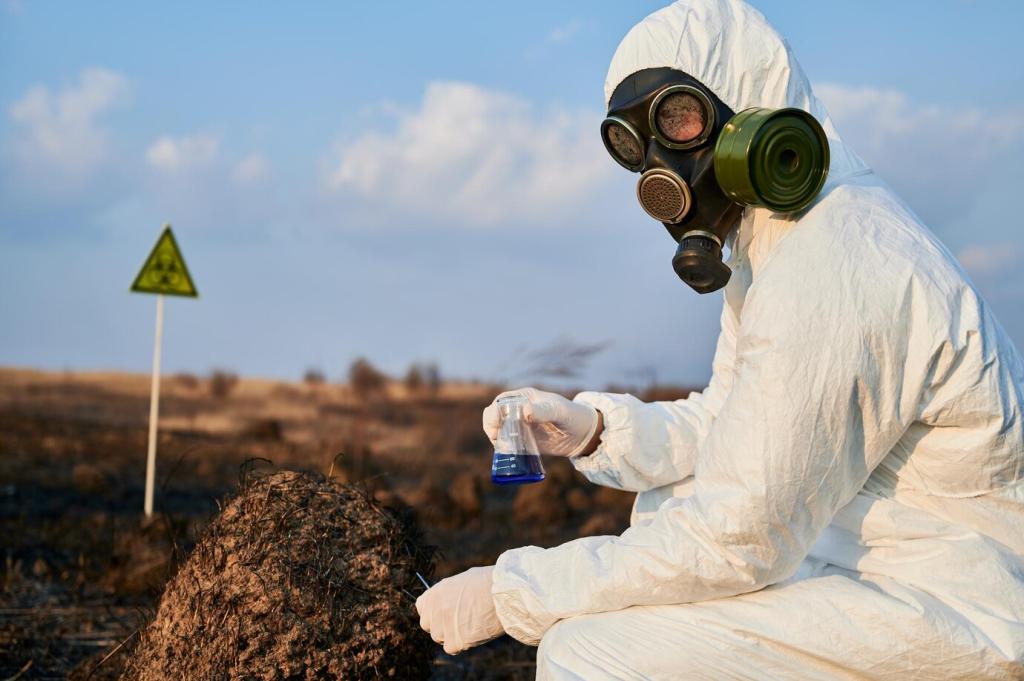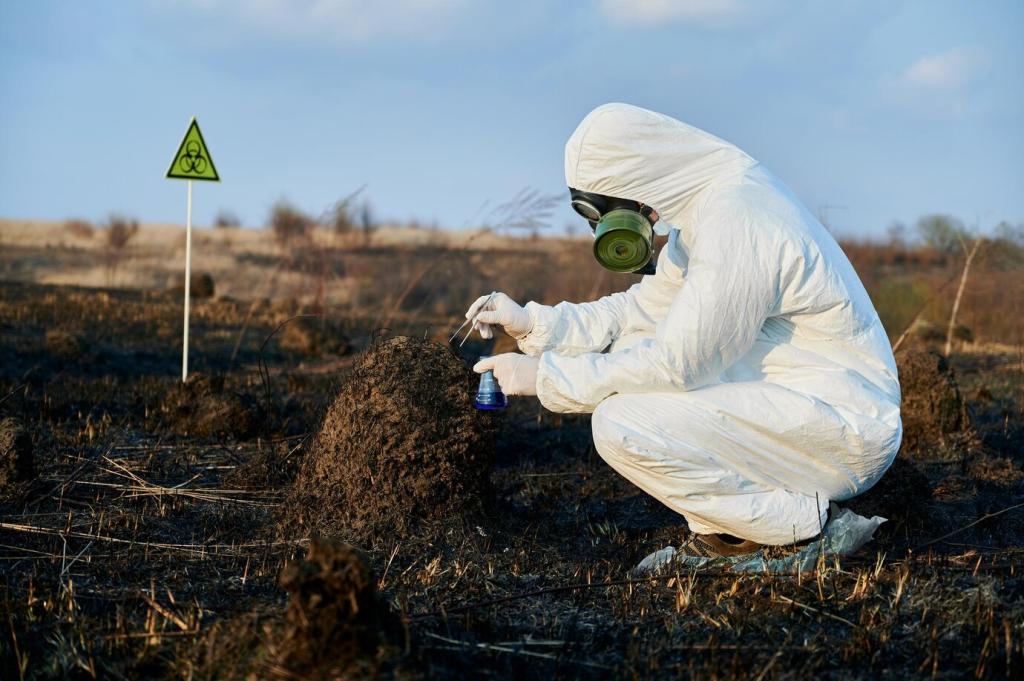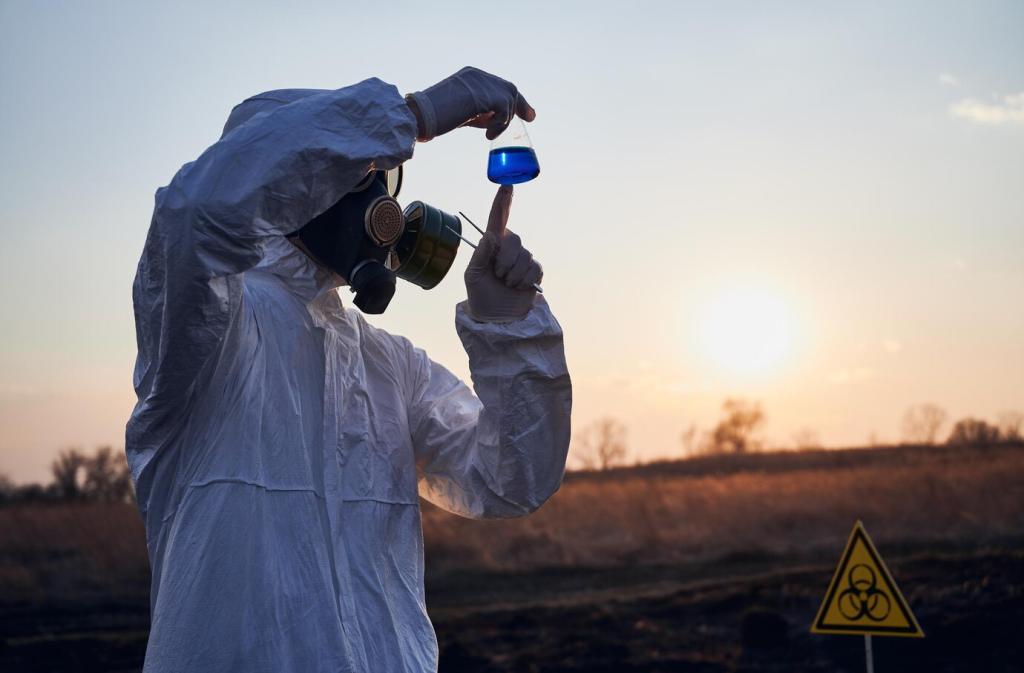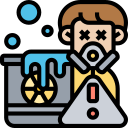Household Chemicals & Water Pollution: Clean Homes, Clear Waters
Chosen theme: Household Chemicals & Water Pollution. Discover how everyday cleaners travel beyond our sinks, shaping rivers, lakes, and our health—and how simple choices can protect blue ecosystems. Add your voice, subscribe for practical guides, and help turn small habits into big protections for the waters we love.


From Sink to Stream: The Unseen Journey
Wastewater plants excel at removing solids and nutrients, yet many modern compounds—surfactants, quats, fragrances, PFAS, and triclosan—slip through or break into byproducts that still stress ecosystems. Low doses accumulate downstream, nudging biology in quiet ways. Share your city and we’ll help you locate its water-quality report.
From Sink to Stream: The Unseen Journey
Laundry pods, degreasers, bleach, ammonia, antibacterial soaps, optical brighteners, and microplastics in scrubbers all hitch rides to rivers. During storms, combined sewer overflows can send them straight to waterways. Which product are you most ready to replace this month? Comment your target swap and inspire a neighbor.



Smarter Shopping: Read, Rethink, Replace
Decoding Labels Without Greenwashing
Skip vague buzzwords. Look for full ingredient lists, fragrance-free options, and third-party certifications like EPA Safer Choice or EWG Verified. Be cautious with quats, triclosan, optical brighteners, phosphates, and synthetic musks. Transparency beats promises. Share a label term that confused you, and we’ll unpack it in an upcoming post.
Gentle Yet Effective Alternatives
Vinegar, baking soda, castile soap, microfiber cloths, and steam can tackle most tasks. Never mix vinegar with bleach, and patch test surfaces. Try a simple paste for ovens, diluted soap for floors, and seltzer for stains. Want more recipes? Subscribe and tell us which room you’d like to detox first.
A Week-by-Week Swap Plan
Week 1: laundry detergent; Week 2: dish soap; Week 3: bathroom cleaner; Week 4: glass and floors. Track empties, set goals, and note skin or air-quality improvements. Invite family to vote on favorites. Want our printable checklist? Comment “checklist” and we’ll prioritize it in the next newsletter.
Use and Disposal: Do No Harm at Home
Use a dosing cup, not a splash. High-efficiency machines need less detergent; cold-water cycles save energy and reduce dye bleeding. Pre-treat stains to avoid re-washing. Concentrates cut packaging and transport emissions. Try one precise dose tonight and tell us if your rinse cycles ended cleaner and faster.
Use and Disposal: Do No Harm at Home
Never pour solvents or old cleaners into sinks. Use household hazardous waste programs, or absorb small residues with cat litter before sealing for disposal. Remember storm drains flow straight to creeks. Check your city’s drop-off calendar and post the date below so neighbors can join you.


Community and Policy: Power in Numbers
Phosphate detergent bans, fertilizer timing rules, storm-drain labeling, and rain garden incentives reduce pollution measurably. One city paired rebates with school outreach and saw clearer creeks within two years. Ready to advocate? Comment your city, and we’ll share a template for contacting council members effectively.
Community and Policy: Power in Numbers
Students can test detergents with simple kits, compare surfactant strength, and present safer alternatives. Scout troops can stencil drains or plant native buffers. Post photos, gather pledges, and celebrate progress publicly. Want an activity guide? Say “class kit,” and we’ll build a kid-friendly version you can share.




